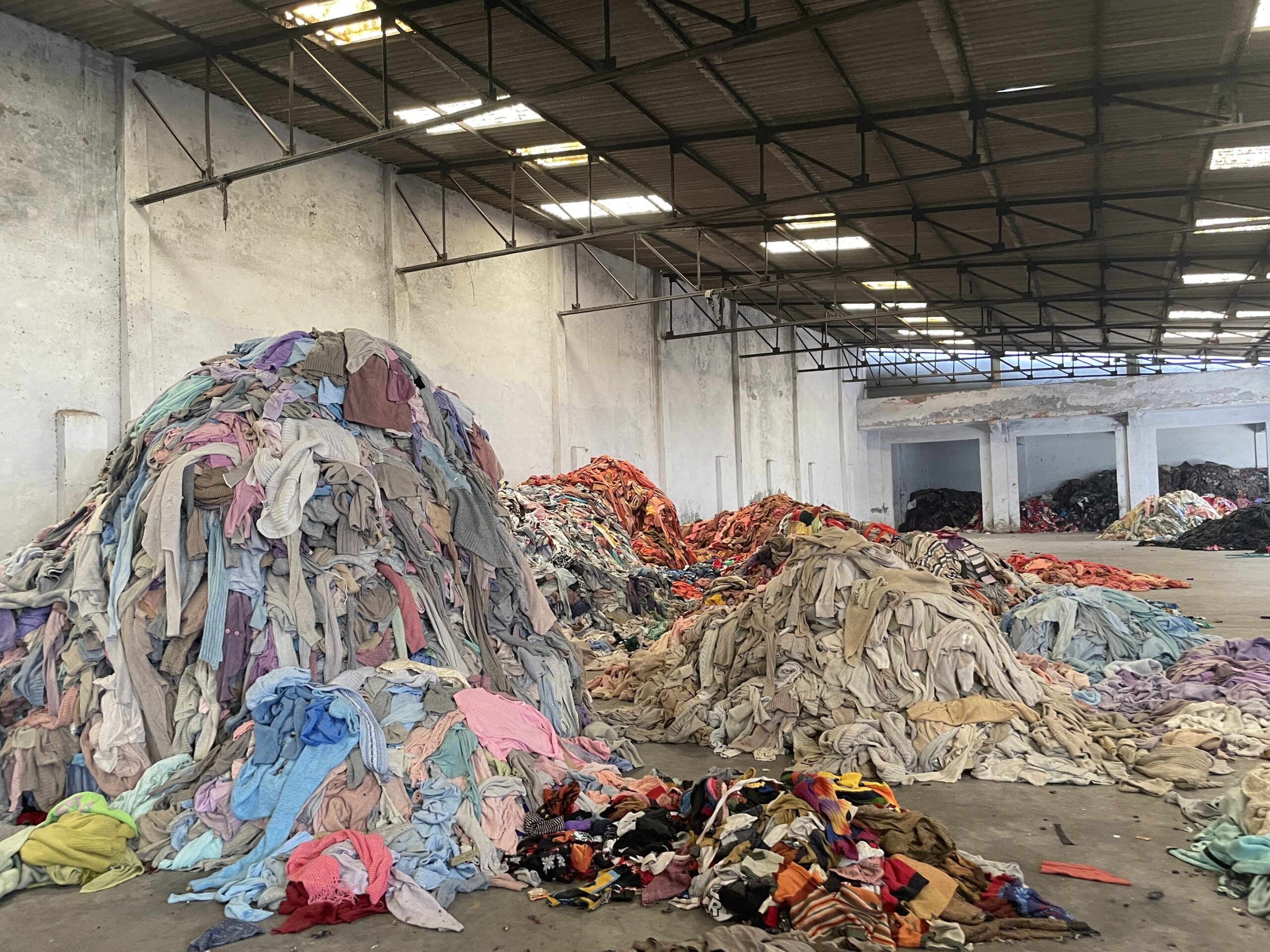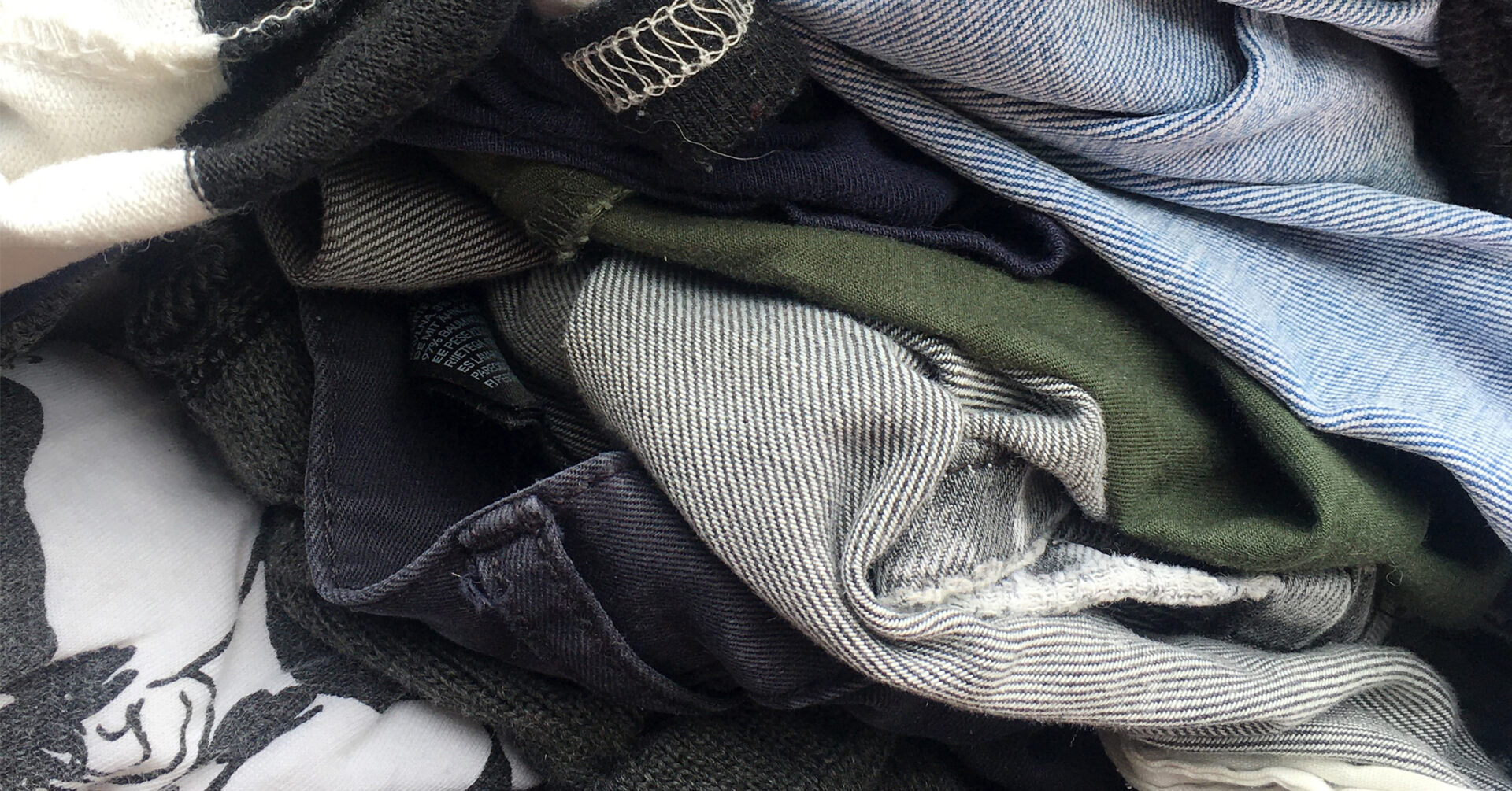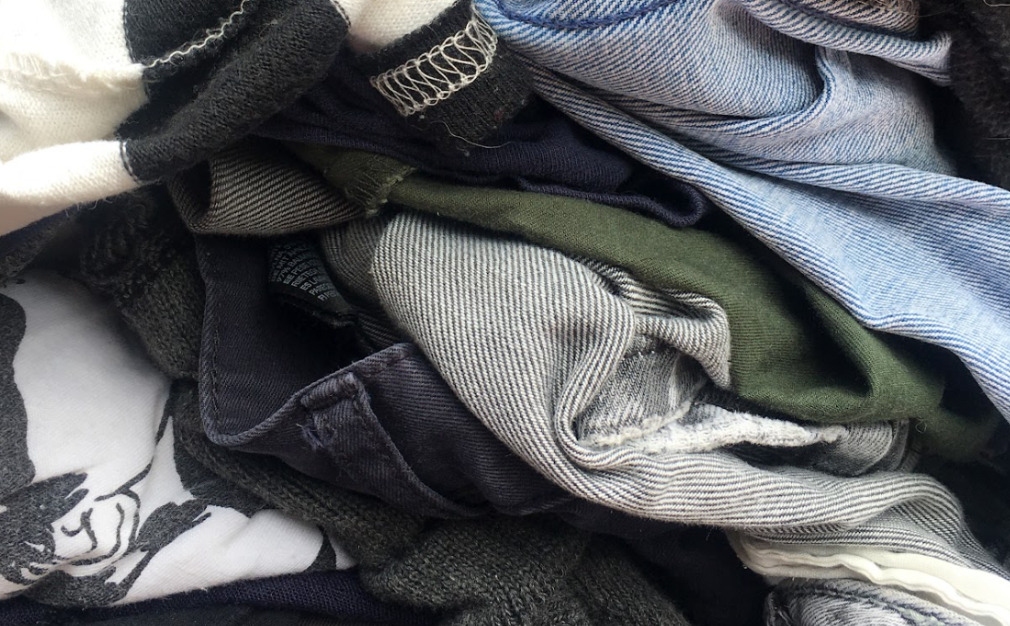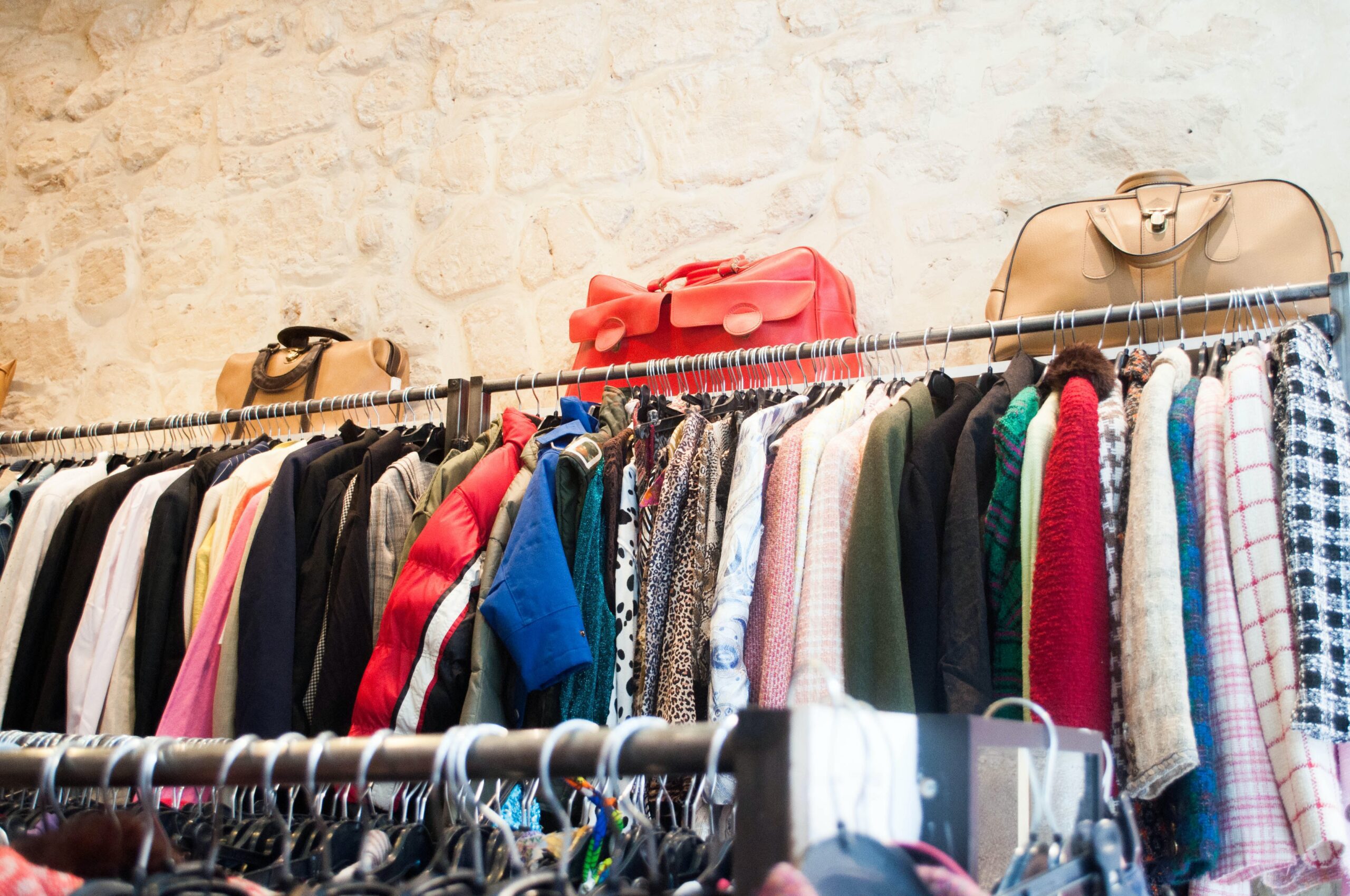
World of Waste
World of Waste is an online tool dedicated to uniting industry-wide efforts to develop and disseminate data on textile waste. The platform consolidates data from individual studies by partnering with ecosystem players.
Problem Statement
Each year, the textile industry generates significant amounts of waste, presenting both a challenge and an opportunity for circularity. Access to information on such waste is crucial to harnessing its potential. While various organisations have published studies reporting on textile waste, there is no one stop shop that houses all this information.
A consolidated platform enables identification, comparison, and utilisation of textile waste hotspots, which is particularly useful for recyclers looking to secure feedstock and building expansion planning. Additionally, it facilitates the identification of data gaps across regions, waste types, and compositions, prompting further studies.
Executive Summary
An initiative launched by Fashion for Good in November 2024 in collaboration with key industry stakeholders, to facilitate access to global textile waste data via a live, online tool. This platform seeks to consolidate data from studies conducted by Fashion for Good and ecosystem players including Reverse Resources, Global Fashion Agenda, Circle Economy and Accelerating Circularity. It encompasses both post-industrial and post-consumer, to establish integrated access for the public and industry.
The tool provides overview data points as well as links to original studies, providing information on:
- Total waste quantities by country
- Waste quantities by type: post-industrial and post-consumer
- Composition Learnings from the study
- Study structure and methodology
- Organisations involved in the studies, partner organisations
- Upcoming projects in different regions
Goals of the Project
-
Provide visibility of textile waste hotspots for incumbents and innovators in recycling, to facilitate feedstock and expansion strategy planning
-
Consolidate textile waste data across various research projects and organisations participating under the project
-
Regularly update as newer data is made available through various projects
-
Provide visibility on completed and ongoing waste mapping activities, methodologies, type and composition of waste
-
Provide enhanced utility to the ecosystem per identification of needs and opportunities over time
-
Identify the data gaps and to enable bridging these gaps across regions for textile waste
Project Results
-
World of Waste is available for public use as an online resource facilitating identification & utilisation of textile waste hotspots arising through manufacture and use
-
As of November 2024, the tool has mapped an aggregate of 26.6 million tonnes of textile waste spanning 12 countries
-
The tool aims to increase coverage every quarter with the inclusion of more partners & countries
-
-
Stakeholders Involved
Relevant Resources

Fashion for Good Maps Global Waste Hotspots With A New Digital Tool: World Of Waste

Driving Circular Innovation Forward: Fashion for Good Welcomes New Partners to its Sorting for Circularity USA Project

New Partners Join the Sorting for Circularity Project

Sorting For Circularity Europe: Project findings highlight immense opportunity to accelerate textile recycling

Sorting For Circularity; Fashion for Good Launches New Project To Drive Textile Recycling

Sorting for Circularity Europe Expands to Address Rewearable Textile Crisis
Other Projects

The Next Stride: Bio-based Materials for Footwear Soles
“The Next Stride: Bio-based Materials for Footwear Soles” aims to validate the performance and environmental impact of bio-based polymers as sustainable alternatives to the fossil fuel-derived materials currently used in footwear soles. The objective is to collectively de-risk the transition to these “next-generation” materials by rigorously testing their technical properties and assessing environmental benefits. Ultimately, the purpose is to accelerate the adoption of these bio-based solutions and pave the way for a more sustainable footwear industry.

Beyond50 Denim: Combining Cottonised Hemp And Green Chemistry
“Beyond50 Denim: Combining Cottonised Hemp And Green Chemistry” aims to validate the performance and environmental impact of cottonised hemp processed with green chemistry to act as a true alternative to cotton in denim applications. The project goal is to evaluate the performance of SEFF’s cottonised hemp fibre in combination with Fibre52’s bio-friendly chemistry solution within denim fabric applications with a total hemp content of 50% and above. The fabrics will be benchmarked against conventional 100% cotton denim with a specific focus on handfeel and aesthetic characteristics.

Price Parity Toolkit
The Price Parity Toolkit (PPT) was designed to help bridge the price gap between next-gen* and conventional materials. Developed by Fashion for Good with the support of Canopy, this industry-supported framework introduces a financing mechanism that decouples price premiums at early stages of the supply chain to enable adoption and drive the scale of lower-impact materials.






